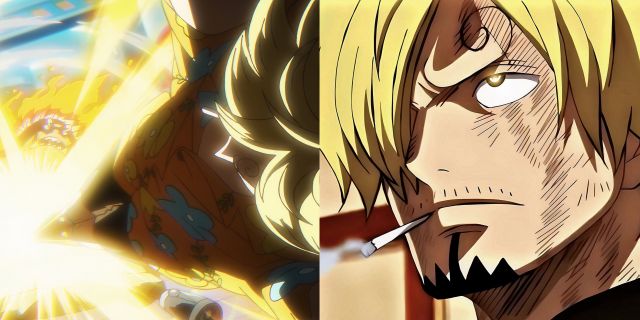Isekai stories—in which characters are abruptly thrust into a different world—have long been a mainstay in webcomics and anime, but lately, reincarnation and villain stories have taken the lead. Some people think that the rise of the strong villainess character archetype was made possible by the pure heroine trope’s waning popularity. The title I’ve Become a True Villainess, which is based on the original web novel written by Flowing Honey, adapted by Bokyung Kong, and released by Manta Comics, is a bit of an ironic misnomer considering the protagonist is making every effort to avoid being a villainess.
I’ve Become a True Villainess transports the unnamed protagonist into the body of Seria Sterne, the villain of the novel she was reading before she died. The novel’s original Seria had a bad reputation and was eventually murdered by the secondary male lead. Desperate to change her fate, Seria attempts to change the events so that she does not die again and vows not to get too involved in the original storyline. However, things do not go as planned.

The plot of reincarnation/villainess stories is as follows: the villainess attempts to change the story in order to avoid dying again, and as a result, the villainess attracts the attention of the male love interest who was not supposed to fall in love with her in the first place. Because I’ve Become a True Villainess adheres to this structure, the plot is predictable. The first two chapters of I’ve Become a True Villainess are devoted to introducing the main characters: Seria, Callis, Rouche, and Lina. The pacing picks up in the third chapter with the introduction of the main conflict and the world gradually fleshing out, allowing readers to become acquainted with the lore of Saints and Sternes.
Having said that, the webcomic has enough distinctive elements to keep readers interested. For instance, it turns out that Lina, the novel’s first protagonist, is a person who is also from another world — just like Seria. Despite Lina being depicted as “good” in the first novel, she has already displayed a more sinister side. But therein lies the issue—Lina, not Seria, is what keeps the story interesting. Despite being described as a powerful holy being, Seria never actually uses her abilities, so I’ve Become a True Villainess’s readers are unable to gauge just how powerful she really is. Seria is portrayed as a reacting protagonist because no specific actions or decisions she makes are shown.

The artwork of I’ve Become a True Villainess is simple, with eye-catching colors. Its simplicity is endearing. The artist employs warm and cool tones to convey a shift in the relationships and moods of the characters. Kong is able to convey the characters’ happiness, such as when Seria marries, by using softer tones like pink and gold that simply melt into each other. Even in single panels where they are drawn far apart, the artist makes excellent use of color to connect them.
While Seria isn’t as interesting as a protagonist because there isn’t much action depicted, her inner monologue is one of the most entertaining parts to read. It’s clear from her thoughts, especially when she curses, that she’s from the twenty-first century. Despite the fact that Seria is from another world, she has quickly immersed herself in the novel’s world. Seria’s dual role as a reader and now a character creates an intriguing dichotomy. Seria is able to save herself because she is aware of the events that led to the demise of her original character; however, this knowledge of the story serves as both a blessing and a curse because it causes every action she takes to make her more uncertain, turning her from the character back into the reader.











Leave a Reply